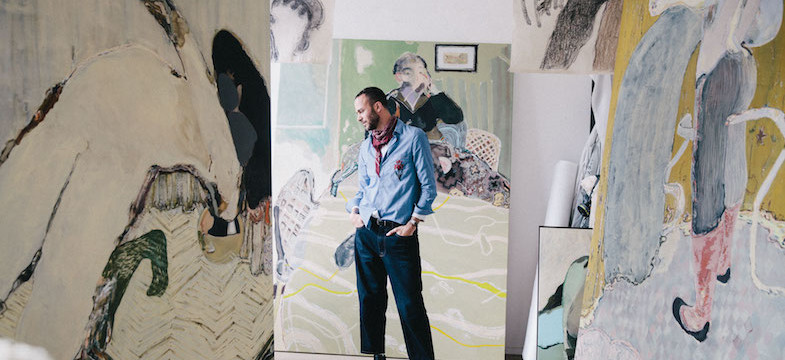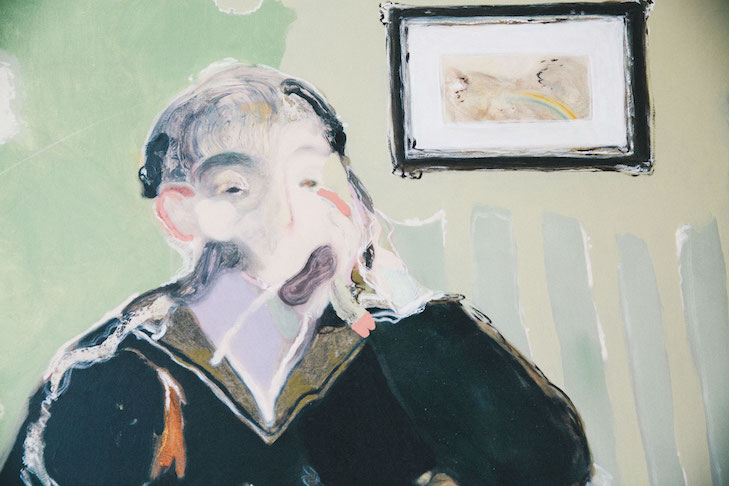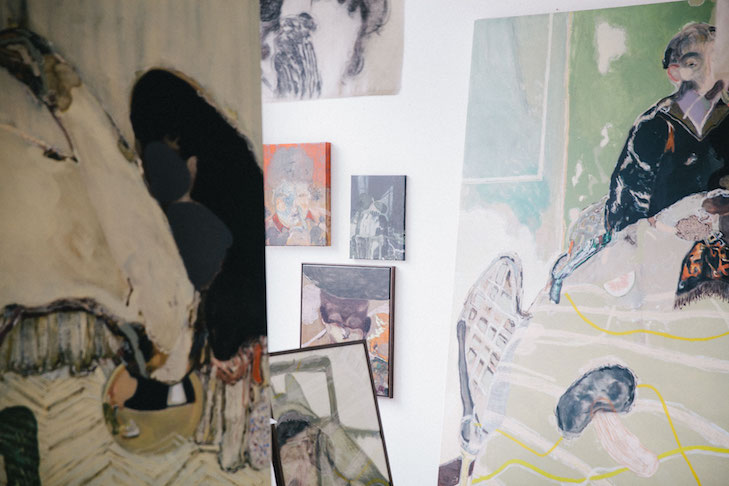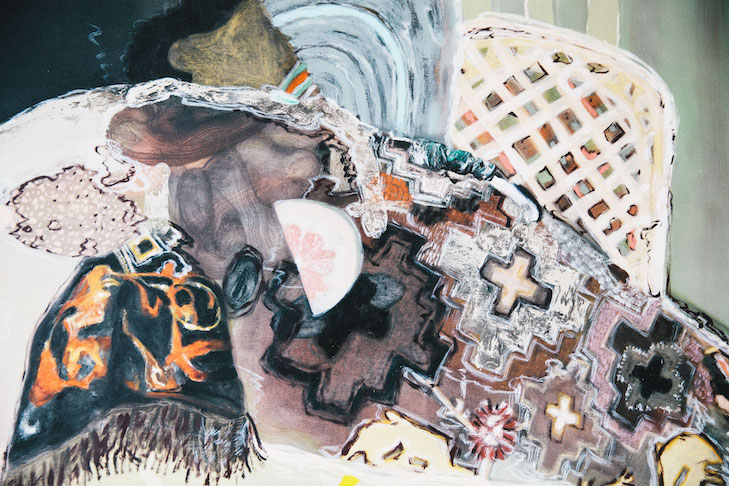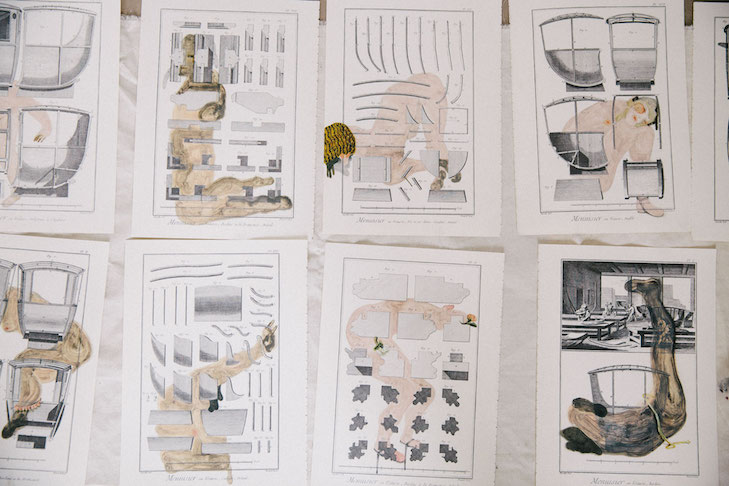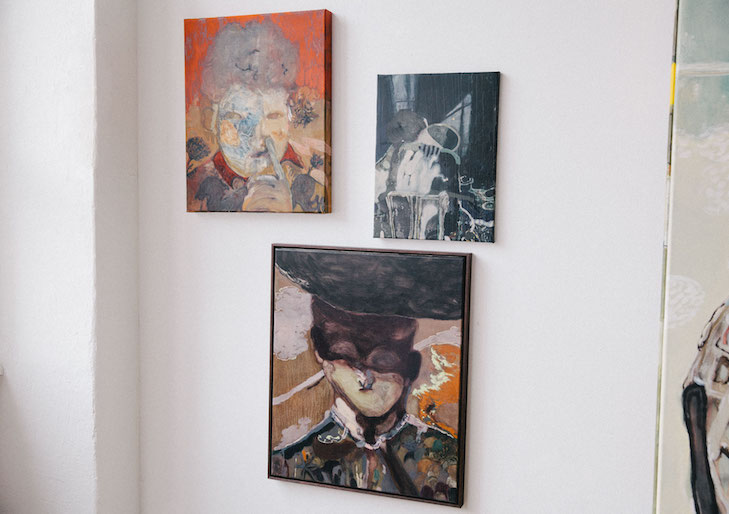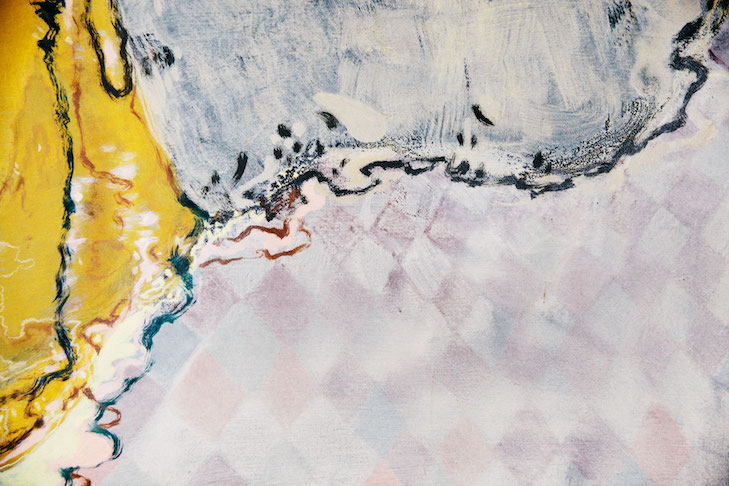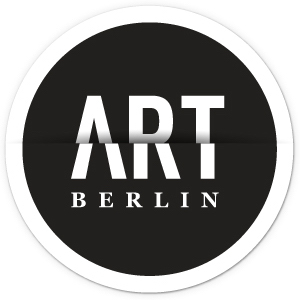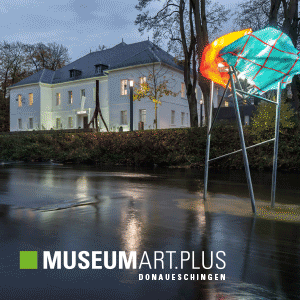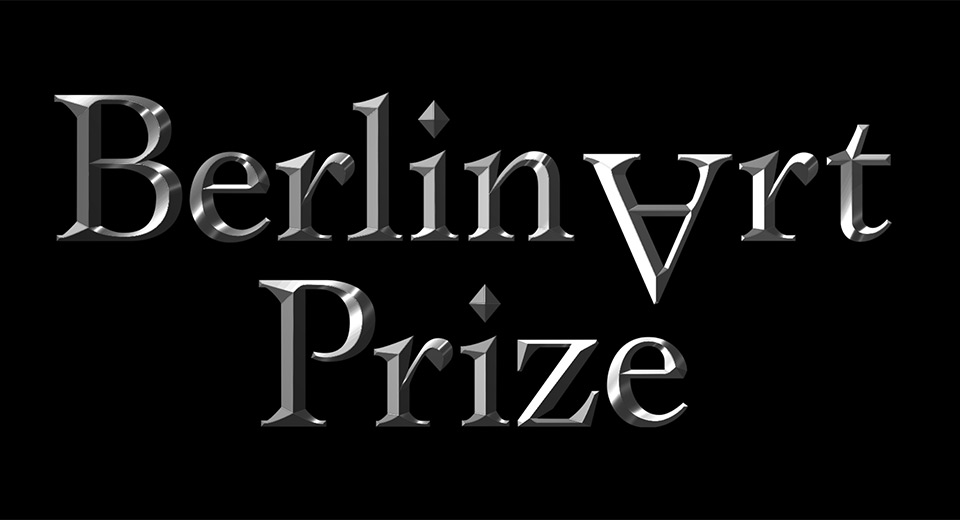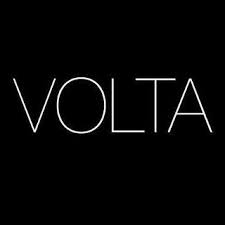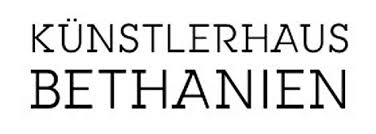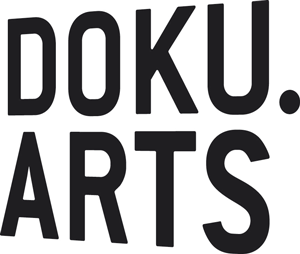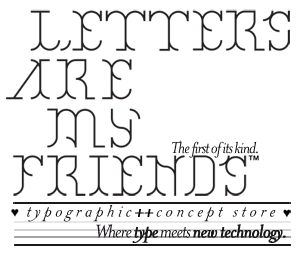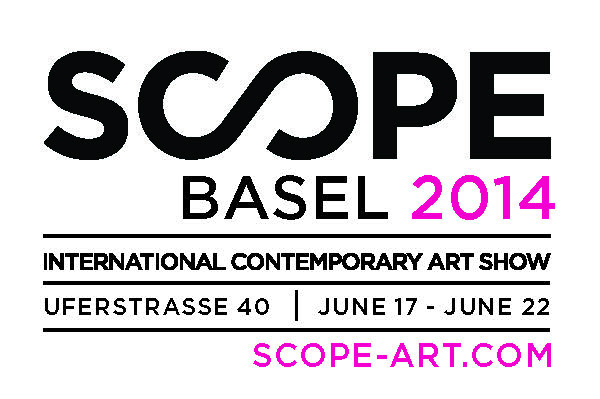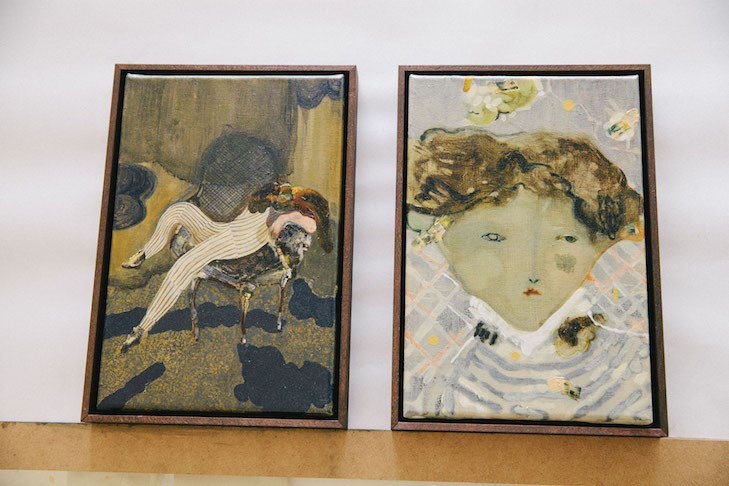
It is not difficult at all to imagine Guglielmo amidst fellow artists in a 15th Century Renaissance Backdrop. What might sound a bit exaggerated or like a cliché, isn´t in his case. The man apparently has style, and he knows how to make a room work for him and how to create an elegant and exhilarant setting for his surroundings. The fresh flowers on his table and Pergolesi’s Stabat Mater playing in the background are just adding to the beautiful set up, while we simultaneously realise that we just entered a stage and are part of the theatrical setting already. For now.
Guglielmo Castelli is using the canvas as space as he explains, but also lets it expand into the room. The view out of the full window facade on to the streets of Berlin suddenly also feels like a stage to us, and one slowly grasps how this view, this „outer“ space entered his perception and altered the room and canvas he produced for his upcoming show “Goodmorning Bambino”, which opens on 24th of May at Künstlerhaus Bethanien.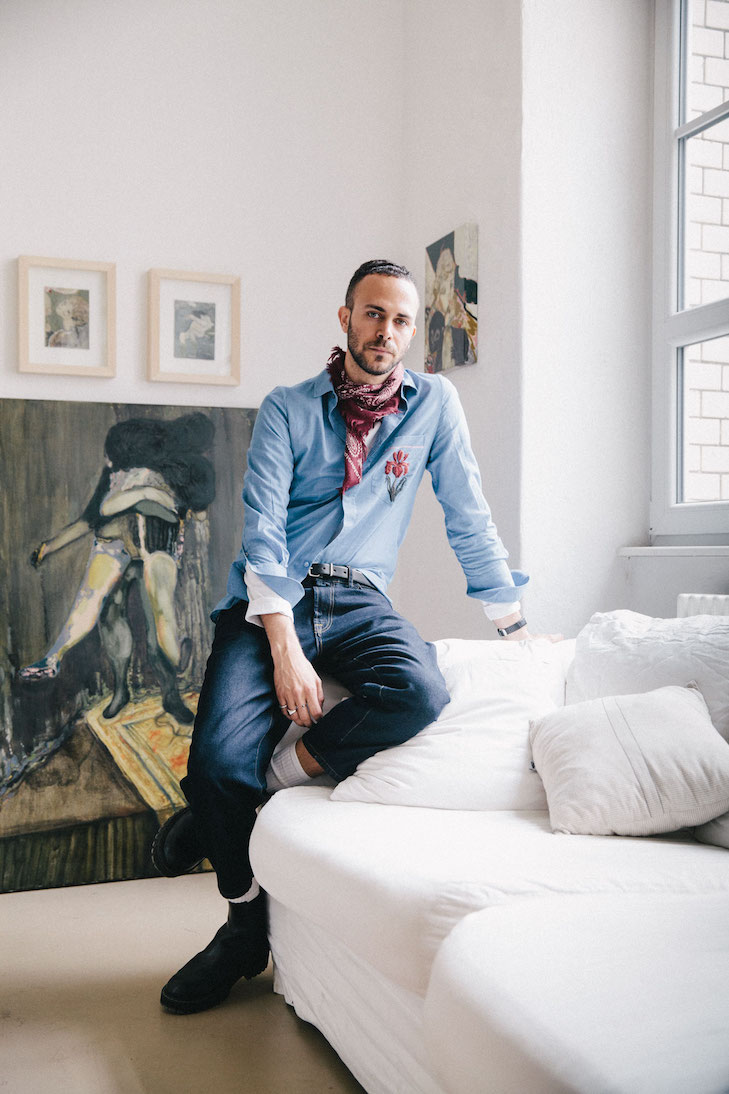
Guglielmo, when I look at your paintings, I think of dark fairytales or a dream sequence – the are very poetic, the characters almost seem „carried away“, not creepy but with a certain deepness. Is this your intention?
What has always interested me was trying to represent the moment before or after an event. In that space between these two moments there is history.So my characters are born, they are nothing but masses of flesh and color.
They have displaced and deliberately wrong postures, there can be no wonder without a little fear.
Do you create stories around the characters? Because they look so loaded with stories as if they have gone through something only you know. Do you have in mind what could have happened to them?
Having an academic education, in the theatrical scenography, I often start from texts.
To design a scene and understand how all the elements that make up the scene will go to dialogue with the viewer, so I do with the paintings. Approach words that become images and images become landscapes of intentions.
Also, the colour choice follows this process. So these bodies were born that remain there, clinging between sagging and fading.
What is striking is the relation between the characters and the background because it looks so neutral in contrast to the foreground. Why do you choose is that way? To put the focus on the characters?
During my residence here in Berlin, the relationship with the background has changed, it is not only more neutral and monochromatic territory but has become an element of dialogue. I started from the text „De Pictura“ by Leon Battista Alberti, in which, in the second book, he describes how to insert the characters in the space. I tried to treat the space as if it were a theatrical proscenium, keeping that kind of claustrophobia that I had with the flat coloured backgrounds.
What are they doing there? Where did they come from? Where will they go? What will remain of it?
Where do you take your inspiration from? For me, the works seem to tell about poetry, old movies and tragic but beautiful stories and creatures…
There is so much of what I see and read, there are the settings of Lars Von Trier, the angular cheekbones of Bette Davis, the sunny landscapes of Gabriel García Márquez, the wrong proportions of Rei Kawakubo.
You were born in Turin and studied set design at the Accademia di Belle Arti – does this reflect the process of your work? Does a canvas work like a stage for you?
The scenography gave me the opportunity to reflect how I can balance the elements to produce a subtraction, how to be able to create empty spaces by inserting full ones. The one that collapses melts from the possibility of something else to escape.
The canvas, thus, takes over as a theatrical backdrop.
I studied the history of art and spent years in front of paintings learning about the impact of Italian Renaissance artists on composition, framing etc. You seem to be unimpressed by these unwritten rules, don’t you?
The rules to transgress them must be known. I was born in Italy and anything that talks about the history of art, you are immersed everywhere. The difficulty lies in removing the elements and re-tuning them for the painting.
The Borromini in Palazzo Spada in Rome has created a compositional anamorphosis through a perspective game. For the viewer it was „right“, but „architecturally“ no.
With painting, the approach is the same; „how to succeed in creating with the error“.
Your art seems to perfectly visualise the strength in fragility. Is this a possible correlation?
I have always considered fragility as an extreme possibility. In the fragility, there is the power of the first times, the difficult balance between the idea, the intention and the act itself. That space, so precise, so rare that there is between the painting and the spectator. In that space, there are the stories.
GOODMORNING BAMBINO | Guglielmo Castelli
Opening: May 24, 2018 – 7 pm |
Exhibition: May 24 – June 17, 2018, |
Künstlerhaus Bethanien | Kottbusser Str. 10/D, 10999 Berlin | Tue-Sun 2-7pm
Author: Saskia Wichert
Photo Credit: Kathrin Leisch

